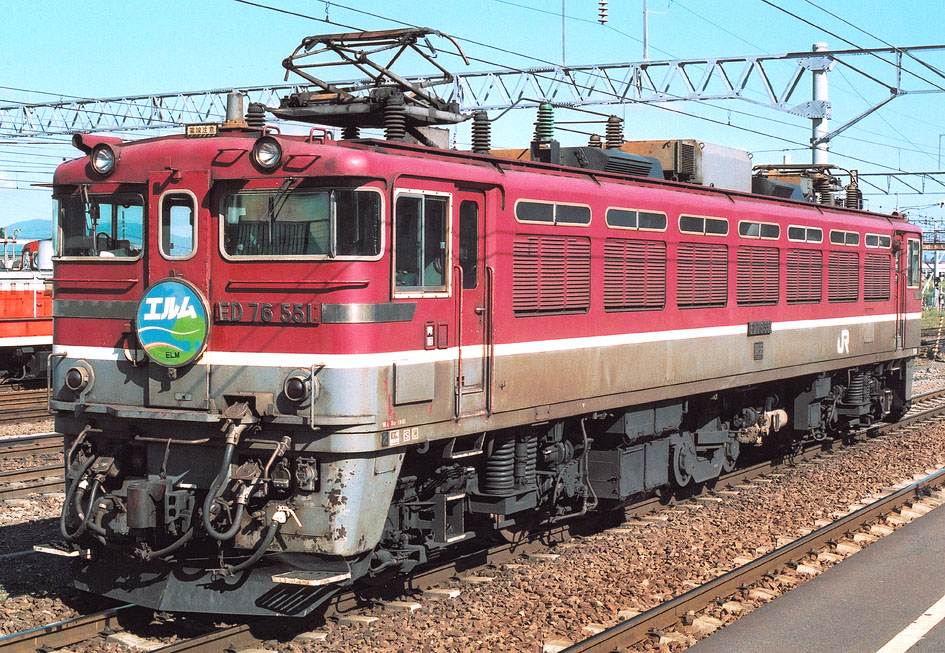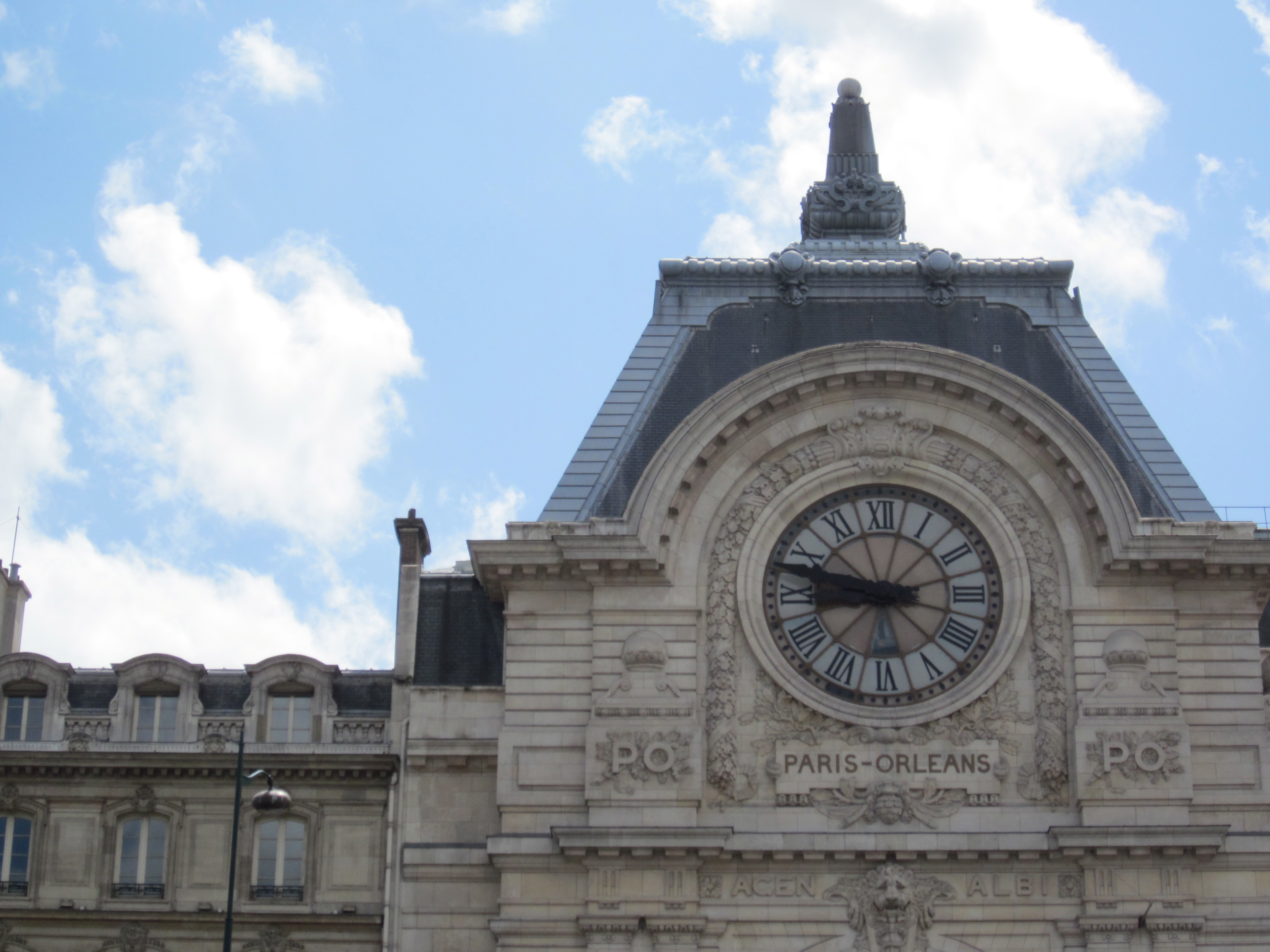|
FS Class E.420
FS class E.420 locomotive was a third rail electric locomotive built for the operation of the Milan - Gallarate - Varese railway in Italy. History The locomotive was ordered for the operation of the Milan - Gallarate - Varese railway line, electrified in 1901 by the Rete Mediterranea (RM). It was registered by the RM as RM.01 and was used for both passenger and freight traffic. In addition, twenty railcars were ordered. In 1905 the locomotive was taken over by the Ferrovie dello Stato (FS). In the late 1920s, the locomotive was transferred from the Varese line to the Naples subway, to be used for freight traffic from Naples Campi Flegrei station. With the electrification at 3000 V DC of the Neapolitan line in 1937, it was transferred to the Cumana railway, which had been electrified in 1927. Here, it was converted to the 1200 V DC overhead line system and fitted with a pantograph. It remained in service until 1963. Technical details The locomotive was built by General Electri ... [...More Info...] [...Related Items...] OR: [Wikipedia] [Google] [Baidu] |
Bo′Bo′
B-B and Bo-Bo are the Association of American Railroads (AAR) and British classifications of wheel arrangement for railway locomotives with four axles in two individual bogies. They are equivalent to the B′B′ and Bo′Bo′ classifications in the UIC system. The arrangement of two, two-axled, bogies is a common wheel arrangement for modern electric and diesel locomotives. Bo-Bo Bo-Bo is the UIC indication of a wheel arrangement for railway vehicles with four axles in two individual bogies, all driven by their own traction motors. It is a common wheel arrangement for modern electric and diesel-electric locomotives, as well as power cars in electric multiple units. Most early electric locomotives shared commonalities with the steam engines of their time. These features included side rods and frame mounted driving axles with leading and trailing axles. The long rigid wheelbase and the leading and trailing axles reduced cornering stability and increased weight. The Bo-Bo ... [...More Info...] [...Related Items...] OR: [Wikipedia] [Google] [Baidu] |
Overhead Line
An overhead line or overhead wire is an electrical cable that is used to transmit electrical energy to electric locomotives, trolleybuses or trams. It is known variously as: * Overhead catenary * Overhead contact system (OCS) * Overhead equipment (OHE) * Overhead line equipment (OLE or OHLE) * Overhead lines (OHL) * Overhead wiring (OHW) * Traction wire * Trolley wire This article follows the International Union of Railways in using the generic term ''overhead line''. An overhead line consists of one or more wires (or rails, particularly in tunnels) situated over rail tracks, raised to a high electrical potential by connection to feeder stations at regular intervals. The feeder stations are usually fed from a high-voltage electrical grid. Overview Electric trains that collect their current from overhead lines use a device such as a pantograph, bow collector or trolley pole. It presses against the underside of the lowest overhead wire, the contact wire. Current collectors ar ... [...More Info...] [...Related Items...] OR: [Wikipedia] [Google] [Baidu] |
Bo′Bo′ Locomotives
B-B and Bo-Bo are the Association of American Railroads (AAR) and British classifications of wheel arrangement for railway locomotives with four axles in two individual bogies. They are equivalent to the B′B′ and Bo′Bo′ classifications in the UIC system. The arrangement of two, two-axled, bogies is a common wheel arrangement for modern electric and diesel locomotives. Bo-Bo Bo-Bo is the UIC indication of a wheel arrangement for railway vehicles with four axles in two individual bogies, all driven by their own traction motors. It is a common wheel arrangement for modern electric and diesel-electric locomotives, as well as power cars in electric multiple units. Most early electric locomotives shared commonalities with the steam engines of their time. These features included side rods and frame mounted driving axles with leading and trailing axles. The long rigid wheelbase and the leading and trailing axles reduced cornering stability and increased weight. The Bo-Bo con ... [...More Info...] [...Related Items...] OR: [Wikipedia] [Google] [Baidu] |
650 V DC Locomotives , Gobi 65, or Paneer 65
{{Numberdis ...
65 may refer to: * 65 (number) * ''65'' (film), an upcoming American science fiction thriller film * One of the years 65 BC, AD 65, 1965, 2065 * A type of dish in Indian cuisine, such as Chicken 65 Chicken 65 is a spicy, deep-fried chicken dish originating from Hotel Buhari, Chennai, India, as an entrée, or quick snack. The flavour of the dish can be attributed to red chillies, but the exact set of ingredients for the recipe can vary. It is ... [...More Info...] [...Related Items...] OR: [Wikipedia] [Google] [Baidu] |
Traction Motor
A traction motor is an electric motor used for propulsion of a vehicle, such as locomotives, electric vehicle, electric or hydrogen vehicles, elevators or electric multiple unit. Traction motors are used in electrically powered rail vehicles (electric multiple units) and other electric vehicles including electric milk floats, elevators, roller coasters, conveyors, and trolleybuses, as well as vehicles with electrical transmission systems (Diesel locomotive#Transmission types, diesel-electric locomotives, electric hybrid vehicles), and battery electric vehicles. Motor types and control DC motor, Direct-current motors with series Field coil, field windings are the oldest type of traction motors. These provide a speed-torque characteristic useful for propulsion, providing high torque at lower speeds for acceleration of the vehicle, and declining torque as speed increases. By arranging the field winding with multiple taps, the speed characteristic can be varied, allowing relatively ... [...More Info...] [...Related Items...] OR: [Wikipedia] [Google] [Baidu] |
Paris
Paris () is the capital and most populous city of France, with an estimated population of 2,165,423 residents in 2019 in an area of more than 105 km² (41 sq mi), making it the 30th most densely populated city in the world in 2020. Since the 17th century, Paris has been one of the world's major centres of finance, diplomacy, commerce, fashion, gastronomy, and science. For its leading role in the arts and sciences, as well as its very early system of street lighting, in the 19th century it became known as "the City of Light". Like London, prior to the Second World War, it was also sometimes called the capital of the world. The City of Paris is the centre of the Île-de-France region, or Paris Region, with an estimated population of 12,262,544 in 2019, or about 19% of the population of France, making the region France's primate city. The Paris Region had a GDP of €739 billion ($743 billion) in 2019, which is the highest in Europe. According to the Economist Intelli ... [...More Info...] [...Related Items...] OR: [Wikipedia] [Google] [Baidu] |
Exposition Universelle (1900)
The Exposition Universelle of 1900, better known in English as the 1900 Paris Exposition, was a world's fair held in Paris, France, from 14 April to 12 November 1900, to celebrate the achievements of the past century and to accelerate development into the next. It was held at the esplanade of Les Invalides, the Champ de Mars, the Trocadéro and at the banks of the Seine between them, with an additional section in the Bois de Vincennes, and it was visited by more than 50 million people. Many international congresses and other events were held within the framework of the Exposition, including the 1900 Summer Olympics. Many technological innovations were displayed at the Fair, including the ''Grande Roue de Paris'' ferris wheel, the '' Rue de l'Avenir'' moving sidewalk, the first ever regular passenger trolleybus line, escalators, diesel engines, electric cars, dry cell batteries, electric fire engines, talking films, the telegraphone (the first magnetic audio recorder), the ... [...More Info...] [...Related Items...] OR: [Wikipedia] [Google] [Baidu] |
Compagnie Du Chemin De Fer De Paris à Orléans
The ''Compagnie du chemin de fer de Paris à Orléans'' (PO) was an early French railway company. It merged with the ''Chemins de fer du Midi'' to form the ''Chemins de fer de Paris à Orléans et du Midi'' (PO-Midi) in 1934. In 1938 the PO-Midi was nationalized with five other companies to become a part of the ''Société nationale des chemins de fer français'' (SNCF). History Beginnings as railway company The company was founded on 13 August 1838 under the name ''Compagnie du chemin de fer de Paris à Orléans'' (PO). It had the right to form a limited company and was equipped with a starting capital of 40 million francs. In addition, the company had one of the French government's awarded temporary concession of 70 years, to build and operate a railway between the cities of Paris and Orléans. It had its headquarters in Paris. The first president of the board was François Bartholony. The first operation of the line dated 20 September 1840, but it only reached to Corbei ... [...More Info...] [...Related Items...] OR: [Wikipedia] [Google] [Baidu] |
General Electric
General Electric Company (GE) is an American multinational conglomerate founded in 1892, and incorporated in New York state and headquartered in Boston. The company operated in sectors including healthcare, aviation, power, renewable energy, digital industry, additive manufacturing and venture capital and finance, but has since divested from several areas, now primarily consisting of the first four segments. In 2020, GE ranked among the Fortune 500 as the 33rd largest firm in the United States by gross revenue. In 2011, GE ranked among the Fortune 20 as the 14th most profitable company, but later very severely underperformed the market (by about 75%) as its profitability collapsed. Two employees of GE – Irving Langmuir (1932) and Ivar Giaever (1973) – have been awarded the Nobel Prize. On November 9, 2021, the company announced it would divide itself into three investment-grade public companies. On July 18, 2022, GE unveiled the brand names of the companies it will ... [...More Info...] [...Related Items...] OR: [Wikipedia] [Google] [Baidu] |
Pantograph (transport)
A pantograph (or "pan" or "panto") is an apparatus mounted on the roof of an electric train, tram or electric bus to collect power through contact with an overhead line. By contrast, battery electric buses and trains are charged at charging stations. The pantograph is a common type of current collector; typically, a single or double wire is used, with the return current running through the rails. The term stems from the resemblance of some styles to the mechanical pantographs used for copying handwriting and drawings. Invention The pantograph, with a low-friction, replaceable graphite contact strip or "shoe" to minimise lateral stress on the contact wire, first appeared in the late 19th century. Early versions include the bow collector, invented in 1889 by Walter Reichel, chief engineer at Siemens & Halske in Germany, and a flat slide-pantograph first used in 1895 by the Baltimore and Ohio Railroad The familiar diamond-shaped roller pantograph was devised and patented b ... [...More Info...] [...Related Items...] OR: [Wikipedia] [Google] [Baidu] |
Cumana Railway
The Cumana railway ( it, Ferrovia Cumana, sometimes also known as Line 7) is a commuter railway in Campania, southern Italy, connecting Naples by two separate routes with Torregaveta, near Cuma in the town of Bacoli (about 15 km west of Naples). It passes through Pozzuoli and the volcanic Campi Flegrei area. The line was built and run by the ''Società per le Ferrovie Napoletane'' (the Neapolitan Railway Company), founded in 1883, and is now operated by the Ente Autonomo Volturno (EAV) company. Overview The line was opened on 1 July 1889 by the Società per le Ferrovie Napoletane; the route follows the coast for about 20 km from the main terminal in the populous downtown area of Montesanto to Torregaveta via the stations of Corso Vittorio Emanuele, Fuorigrotta, Mostra, Bagnoli, Pozzuoli, Arco Felice, Baia and Fusaro. In 1927 the railway, because of the increasing commuter traffic, was electrified with a 1,2 kV DC overhead line. In 1940 the section in the neighbourh ... [...More Info...] [...Related Items...] OR: [Wikipedia] [Google] [Baidu] |

.jpg)






